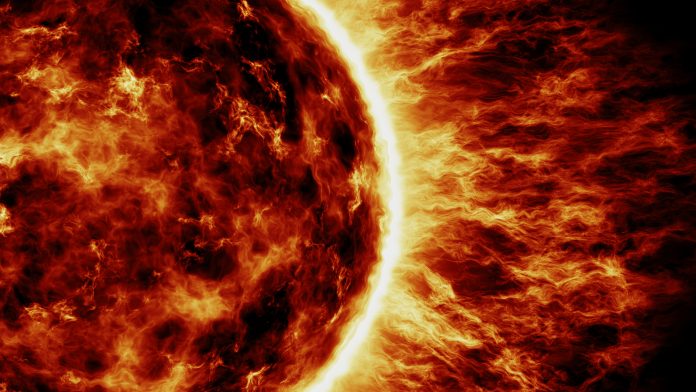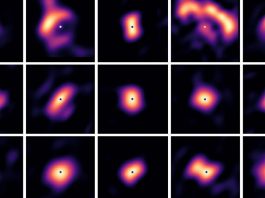A team of astronomers have discovered a distinct difference between the material ejected by massive protostars and less-massive protostars.
The research, which utilised the U.S. National Science Foundation‘s Karl G. Jansky Very Large Array (VLA), has identified that the fast-moving jet of material emitted by protostars (young, still-forming stars) varies depending on size, with the scientists attaining the most detailed images yet of this process.
Protostars, whether they are low or high mass, thrust jets perpendicularly away from the ring of material orbiting in proximity to the star, with these jets being narrow in protostars with a comparable mass to the Sun, in a process called collimation. However, due to protostars with higher mass being more distant, analysing if their jet behaviours are similar to lower-mass protostars has been extremely challenging.
To investigate potential variances, the scientists examined Cep A HW2, a massive protostar situated in the Cepheus constellation around 2,300 light-years from Earth. An intergalactic Goliath, Cep A HW2 is estimated to be around ten times more massive than the Sun when fully developed.
By employing the use of the VLA, the researchers were able to record the most detailed images yet of the massive protostar, allowing them to observe the innermost section of the set, which is astonishingly nearly as wide as our solar system.
Adriana Rodriguez-Kamenetzky, of the National Autonomous University of Mexico, said: “What we saw is very different from what usually is seen in the jets from low-mass stars.”
“We see not a single jet, but two things, a wide-angle wind originating close to the star, then a highly-collimated jet some distance away,” commented Alberto Sanna, of the Osservatorio Astronomico di Cagliari.
Carlos Carrasco-Gonzalez, the leader of the research, explained: “The discovery raises two main possibilities. First, the same mechanism could be at work in both high-mass and low-mass protostars, but the collimation distance could be determined by the mass, occurring farther away in more massive systems.
“The second possibility is that high-mass stars might produce only the wide-angle wind seen in Cep A HW2, with collimation only coming when physical conditions around the star restrict the flow. That case would point to a major difference in the mechanisms at work in protostars of different masses. Answering this question is important to understanding how stars of all masses form.”









